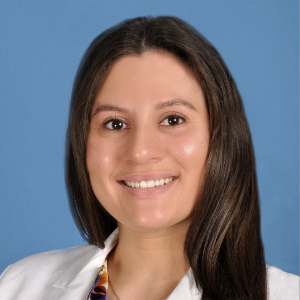Title : Novel algorithmic pie- crusting technique for soft tissue balancing during total knee arthroplasty
Abstract:
There is no consensus on optimal soft tissue release techniques for correcting varus and valgus deformities during total knee arthroplasty (TKA). We assessed the e?cacy of a novel grid pie-crusting technique of the MCL and LCL on soft tissue release. Cadaver knees were dissected, leaving only the femur and tibia connected by an isolated MCL or the femur and ?bula connected by an isolated LCL. Mechanical testing was performed using an MTS machine. A 3D-printed 12-hole grid was placed directly over the MCL and LCL. Using an 18-gauge needle, horizontal in-out perforations were made 3mm apart. Deformation and sti?ness of the ligaments were collected after every 2 perforations. Means were calculated, and regression analyses were performed. A total of 7 MCL and 6 LCL knees were included in our analysis. The mean medial femorotibial (MFT) space increased from 6.018 ± 1.4 mm to 7.078 ± 1.414 mm following 12 perforations. The mean MCL sti?ness decreased from 32.15 N/mm to 26.57 N/mm. For the LCL group, the mean gap between the femur and ?bula increased from 4.287 mm to 4.550 mm. The mean LCL sti?ness decreased from 29.955 N/mm to 25.851 N/mm. Our results suggest that using this novel grid for pie-crusting of the MCL and LCL allows for gradual lengthening of the ligaments without sacri?cing their structural integrity.
What will audience learn from your presentation?
Currently, there is no consensus regarding how much tissue release and elongation is achieved when using the pie-crusting technique for medial and lateral knee balancing during Total Knee Arthroplasty (TKA). This is based mostly on the experience of the surgeon, but is very subjective. With this novel technique, surgeons can learn how to best optimize this grid and use it to be able to achieve the desired elongation and tissue release needed for a particular patient. This will allow for more precise surgical outcomes, and better functionality of the knee joint, with accurate balancing of medial and lateral side. Although this is still a very new technique, the use of this algorithmic grid can be further explored and perfected to make a very precise grid, and allow surgeons to be able to quantify how tissue release they need. This study demonstrates the safety and efficacy of our algorithmic pie-crusting technique employing a customized grid. The technique avoids specific complications such as over-release or mechanical instability. Prior instances of medial release using pie-crusting encountered issues of over-release, a notable concern. We attribute these complications to blade pie-crusting and imprecise punctures. In contrast, our approach mitigates both concerns by utilizing an 18-gauge needle and a pre-formed grid. The inherent safety, simplicity, and high success rate of the needle pie-crusting technique validate its routine application for addressing varus and valgus deformities. Ultimately, future studies should examine the effects of an increased number of holes through this pie-crusting technique to evaluate the number needed for optimal soft tissue release.




